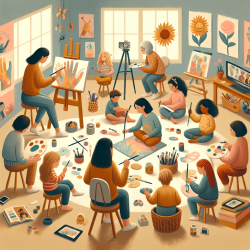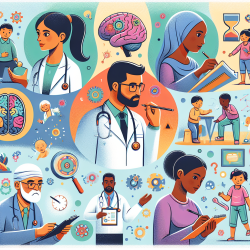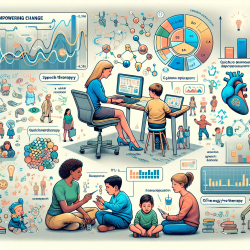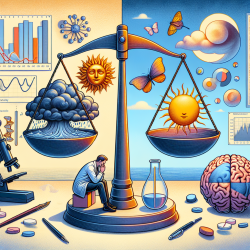With the increasing prevalence of Autism Spectrum Disorder (ASD) globally, finding effective therapeutic interventions is crucial. Art therapy has emerged as a promising approach to meet the diverse needs of children with ASD. This blog delves into how art therapy can significantly enhance social skills and emotional regulation in these children.
The Growing Need for Effective Interventions
Autism Spectrum Disorder is recognized as the fastest-growing developmental disorder today. It presents significant challenges in communication and social interaction, necessitating specialized therapeutic strategies. Art therapy offers a unique platform through its emphasis on non-verbal communication and creative expression, providing children with ASD an opportunity to articulate thoughts and emotions within a supportive environment.
How Art Therapy Works
Art therapy integrates various techniques and modalities that resonate with the needs of individuals with ASD. Techniques like free drawing, painting, collage making, and sculpting open avenues for personal expression and discovery. These activities not only foster creativity but also help improve fine motor skills and sensory processing. The tactile experience of handling materials like clay or paint aids in sensory engagement and enhances self-regulatory skills.
Benefits of Art Therapy for Children with ASD
- Improved Communication: Art provides a medium for non-verbal expression, allowing children to convey emotions they might struggle to articulate verbally.
- Enhanced Social Skills: Through group art projects and collaborative sessions, children learn to interact with peers, fostering a sense of community and belonging.
- Sensory Regulation: Exposure to different textures and materials helps in regulating sensory experiences, which is often challenging for children with ASD.
- Emotional Regulation: Art therapy aids in identifying and processing emotions, leading to better emotional management and reduced anxiety.
The Role of Art Therapists
In multidisciplinary teams addressing ASD, art therapists play a crucial role by providing insights into the cognitive, emotional, and social functioning of individuals through artistic expression. They collaborate closely with other professionals to deliver a comprehensive approach that enhances overall therapeutic outcomes.
Conclusion
The integration of art therapy into treatment plans for children with ASD can lead to significant improvements in their social communication skills and emotional well-being. As research continues to explore its full potential, art therapy stands out as a valuable tool in fostering development and enhancing the quality of life for children on the autism spectrum.
For more information, please follow this link.










